4 Essential Firearm Safety Rules Every Shooter Must Live By
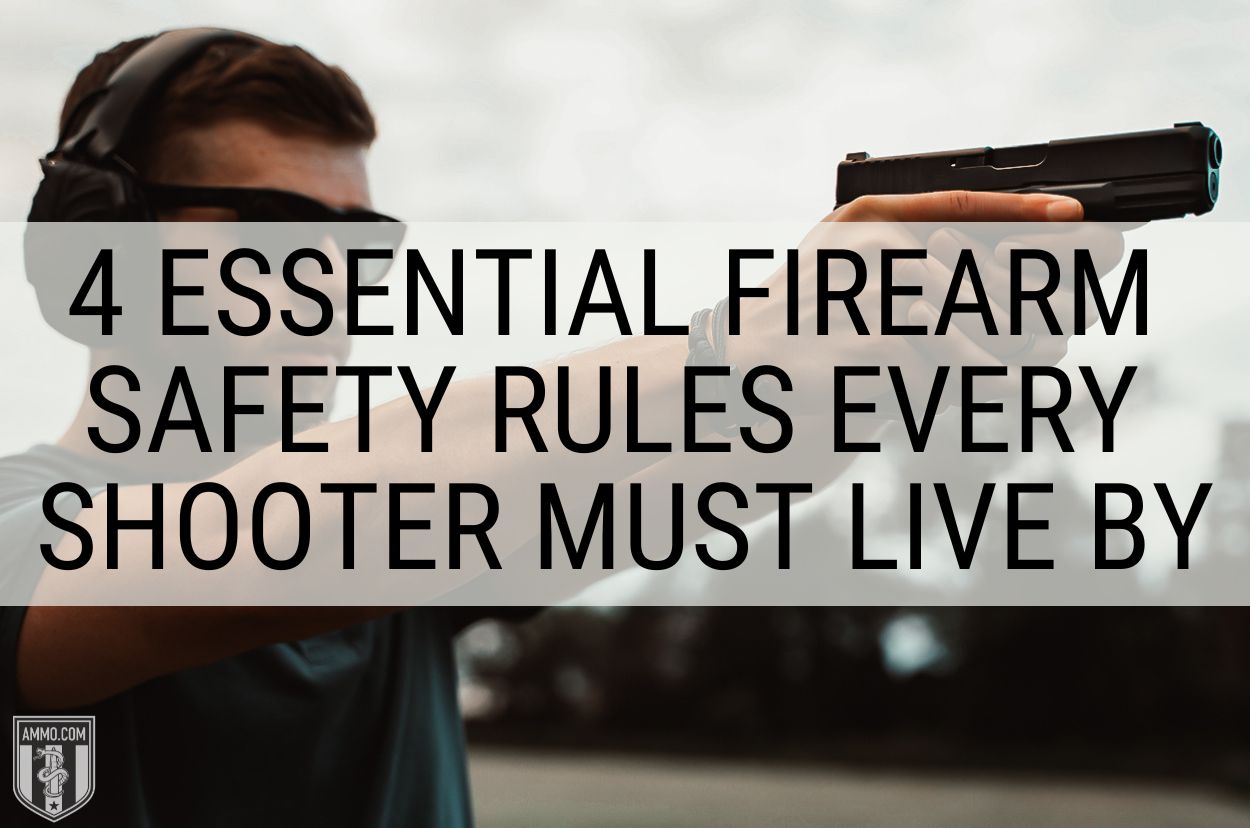
You just discovered our comprehensive list of firearm safety rules for beginner and expert shooting enthusiasts.
The following four essential gun safety rules should always be followed when handling firearms to ensure the safety of everyone within the firearms vicinity.
However, as you continue reading, you’ll notice many other rules of firearm safety should also be followed.
Treat All Firearms As If They Are Loaded
Whether you’re handed a gun or stumble across one, you should always assume it’s loaded.
Over a Thanksgiving meal a few years ago, a former judge told me a story from his childhood that perfectly illustrates this point.
He said that he and his brother found their dad’s shotgun and began pointing it at each other when they were about 8 or 10 years old.
He then pointed it just over his brother's head and pulled the trigger, blowing a hole in their ceiling. Thankfully, his brother wasn’t seriously injured. But this incident scarred him for life, and to this day, he is cautious around firearms.
Had they been taught to treat all firearms as if they are loaded, they would have known better than to play with the gun like a toy and point it at each other.
Treating all guns as if they are loaded means following the rest of the rules to come.
Keep The Gun Pointed In A Safe Direction
Keeping a gun pointed in a safe direction can mean several different things.
Typically, it means pointing the muzzle at the ground away from other people, especially with rifles and handguns.
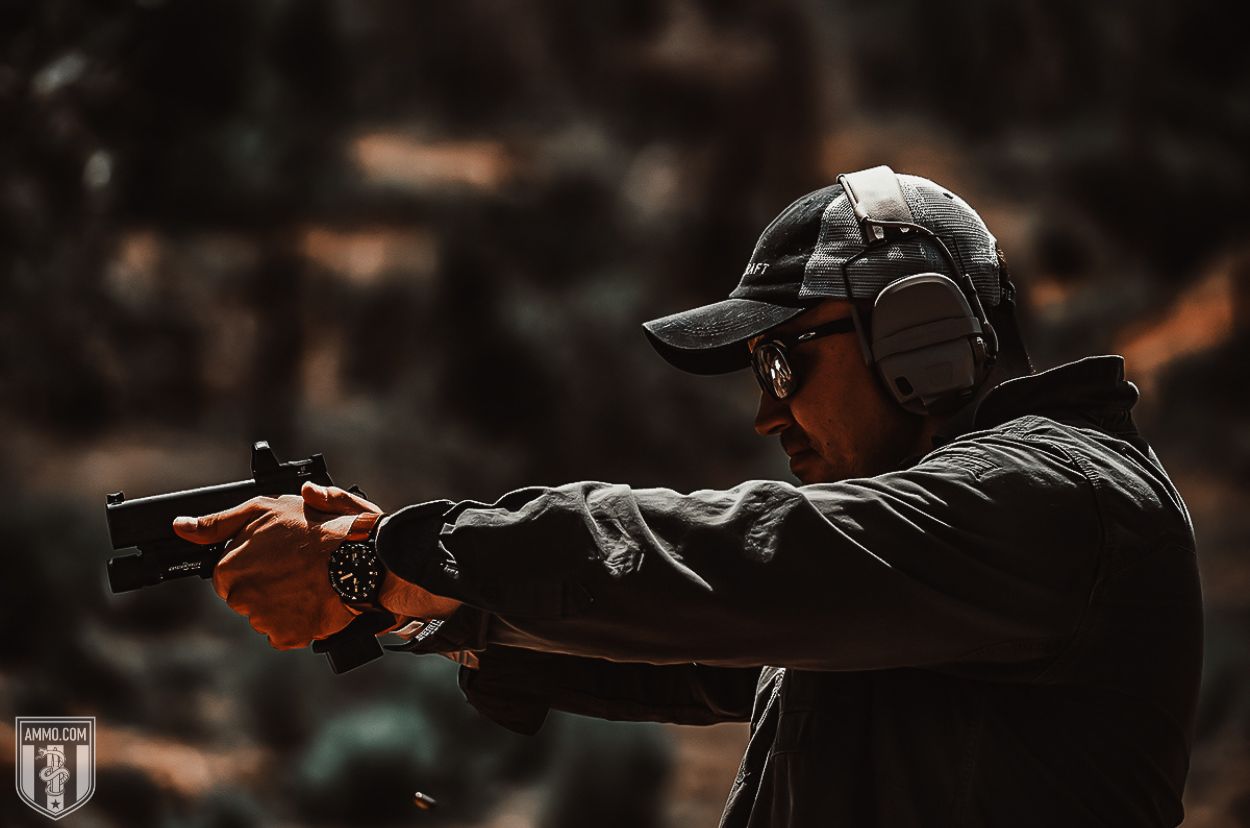
However, when standing on hard surfaces, there is a chance of ricochet, so determining which direction is safest falls back on the person holding the firearm.
Once again, I have an excellent story to drive the point home of not relying on your gun’s safety.
Some of my buddies and I went duck hunting on a bitterly cold morning. We had to bust ice to get to our spot and set up our decoys, only to see very few ducks.
One of my friends walked off to a different spot to scout it. He leaned his shotgun on a log and sat down.
Suddenly, we heard a shot, but we couldn’t see any ducks near him, and he was sitting very still. That’s when we saw his gun wasn’t even in his hands, so we yelled at him to make sure he was okay.
After the initial shock of the accidental discharge wore off, he let us know he was okay but hadn’t even touched his shotgun when it went off.
Later, we discovered water froze inside the trigger mechanism, causing it to slip and strike the firing pin.
Thankfully, my buddy is a responsible firearm owner and practiced the fundamentals of safe firearms handling, so we all came home safe after that hunt.
Keep Your Finger Off Of The Trigger Until You’re Ready to Fire
This gun safety rule was drilled into my head while hunting. I saw the effects of my projectiles firsthand and understood that the only time my finger should be inside the trigger guard is when I’m ready to pull the trigger.
This prevents any negligent discharges from occurring. I’ve watched too many videos of gun owners and so-called firearm training instructors negligently shooting their guns because they had their finger on the trigger before they were ready to fire.
Keep your trigger finger pointing at your target, off the trigger, until it’s time to pull it.
Know Your Target And What’s Beyond It
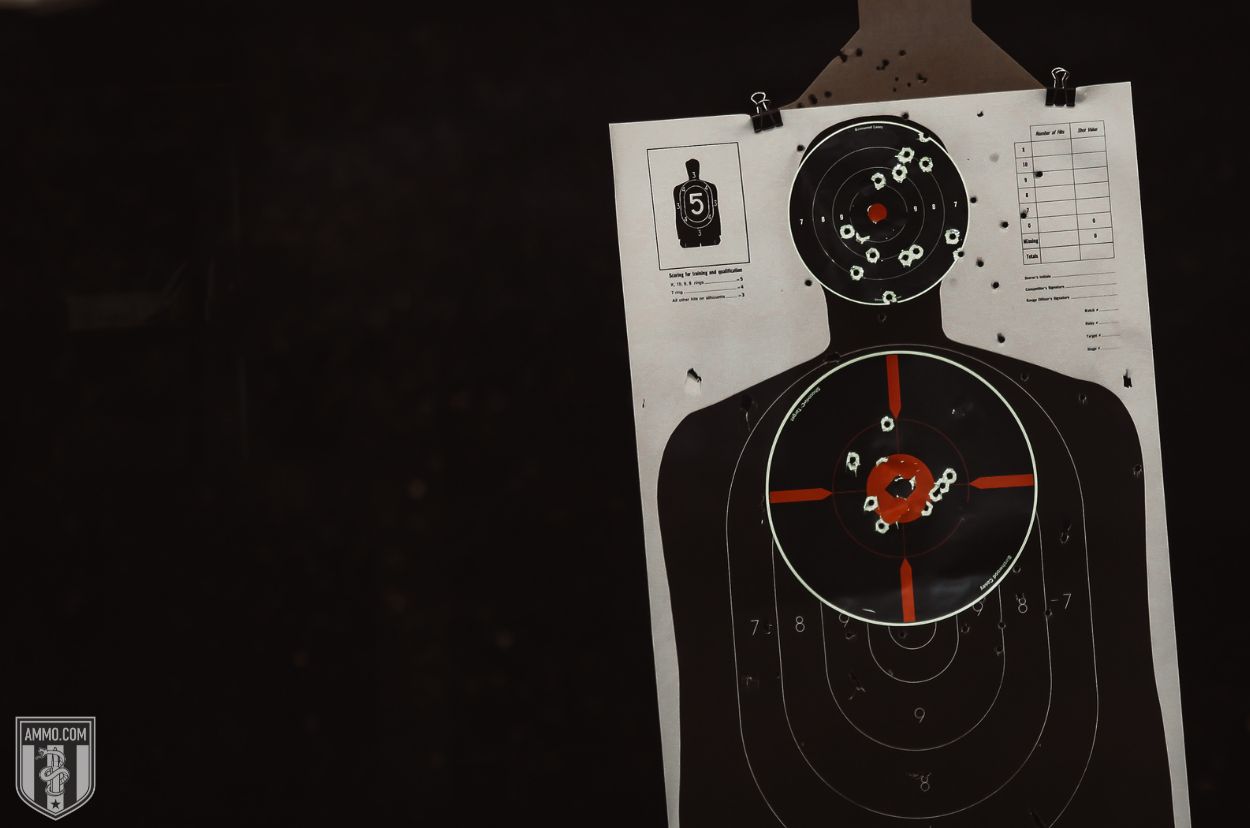
Whether we’re taking part in shooting sports, in a self-defense situation, or are law enforcement officers, we’re all responsible for the projectiles leaving our gun’s muzzle.
Several years ago, I heard a local story of some guys sighting in their rifles for hunting season. However, they were shooting in an open field instead of shooting into a backstop and knowing what was beyond their intended target, and one of them accidentally shot a farmer while he was on his tractor.
They were responsible for the farmer's death, even though it was a complete accident. I know the guys felt terrible, and since they were unsure of what was beyond their target, they must live with the awful consequences for the rest of their lives.
Additional Safety Rules for Safe Gun Handling
We’ve covered the four primary firearm safety procedures; however, several others should be followed for responsible firearm ownership and handling.
Be Certain The Firearm Is Safe To Operate
Sometimes, obstructions can get lodged in the barrel, creating a catastrophic problem for the shooter and those around them. Before pulling the trigger, ensure the firearm is safe to operate.
This is also a critical part of buying a used or old gun. If you’re unsure if the gun is safe to shoot, take it to a gunsmith, who should have the tools to test it safely.
Know How To Operate Your Firearm Properly
After handling dozens of different brands and styles, I’m confident I know how to operate most firearms properly. However, I still come across some that I must ask for help with to operate it safely.
Don’t let your ego get in the way if you don’t know how to handle a gun properly.
Store Your Firearms To Keep Unauthorized People From Getting Them
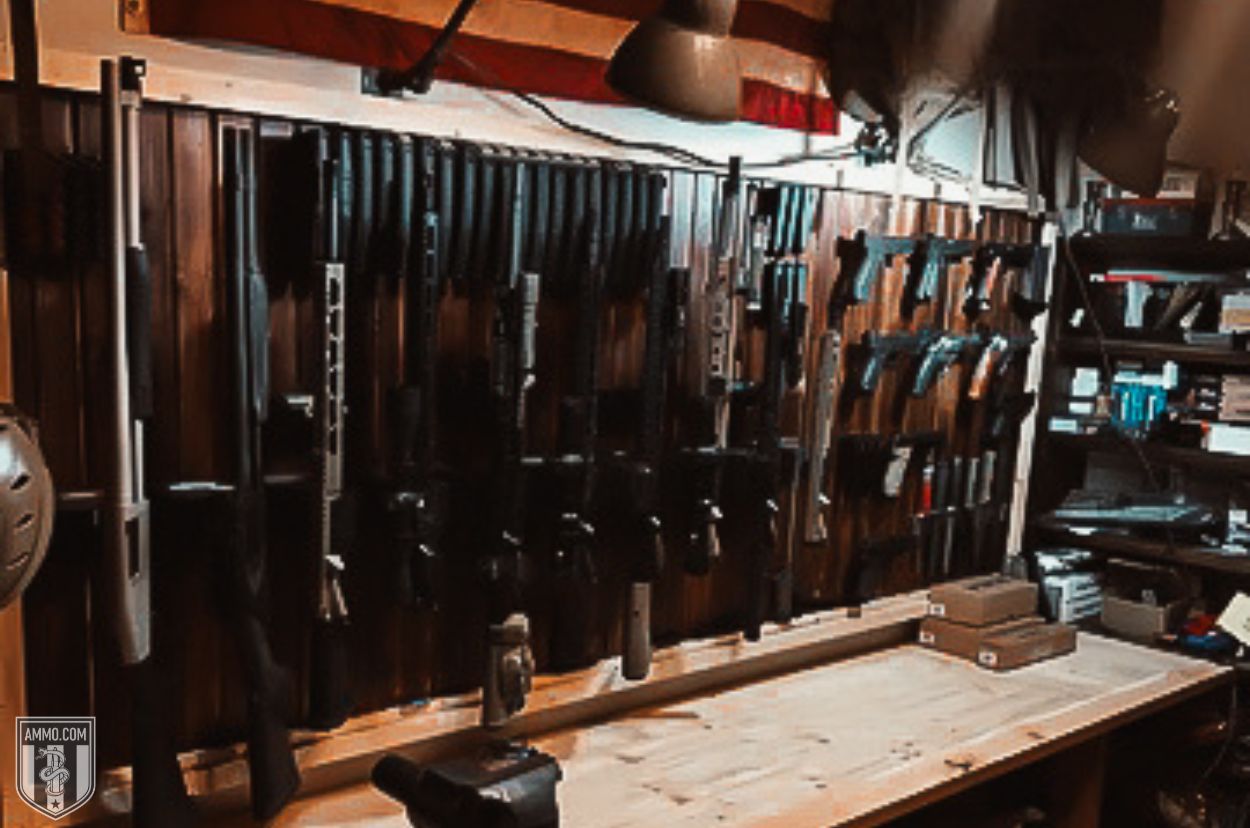
Proper gun storage is a hot topic, which I have mixed feelings about. I believe in using my guns for home and self-defense, which means they should be easy to access in an intense situation.
However, I’m also a big proponent of keeping guns out of the hands of criminals and children who might hurt themselves with the firearm.
I’ve come to reconcile this problem by locking the firearms I don’t plan to use for an extended period in a gun safe and unloaded. It also helps ease my mind to use locking devices, such as a cable lock or trigger locks on these firearms.
I like the biometric and quick-access lock boxes for the loaded firearms I use for self-defense. I also teach my kids to respect firearms and follow all of these gun safety rules.
Only Use Appropriate Ammo
Attempting to shoot the wrong ammo through a gun will be catastrophic. Only use the ammo your firearm is chambered to accept. Just because they have similar numbers doesn’t mean it’s safe to shoot; always ensure the ammo caliber matches the caliber engraved on your barely.
Never Use Drugs or Alcohol While Shooting
This one should be pretty obvious, but don’t use your firearm while impaired by prescription drugs (or any drugs, for that matter) or alcohol.
It might sound fun to have a few beers with your buddies and blow off a little steam, but don’t. Drugs and alcohol don’t mix with firearms.
Always Wear Eye And Ear Protection
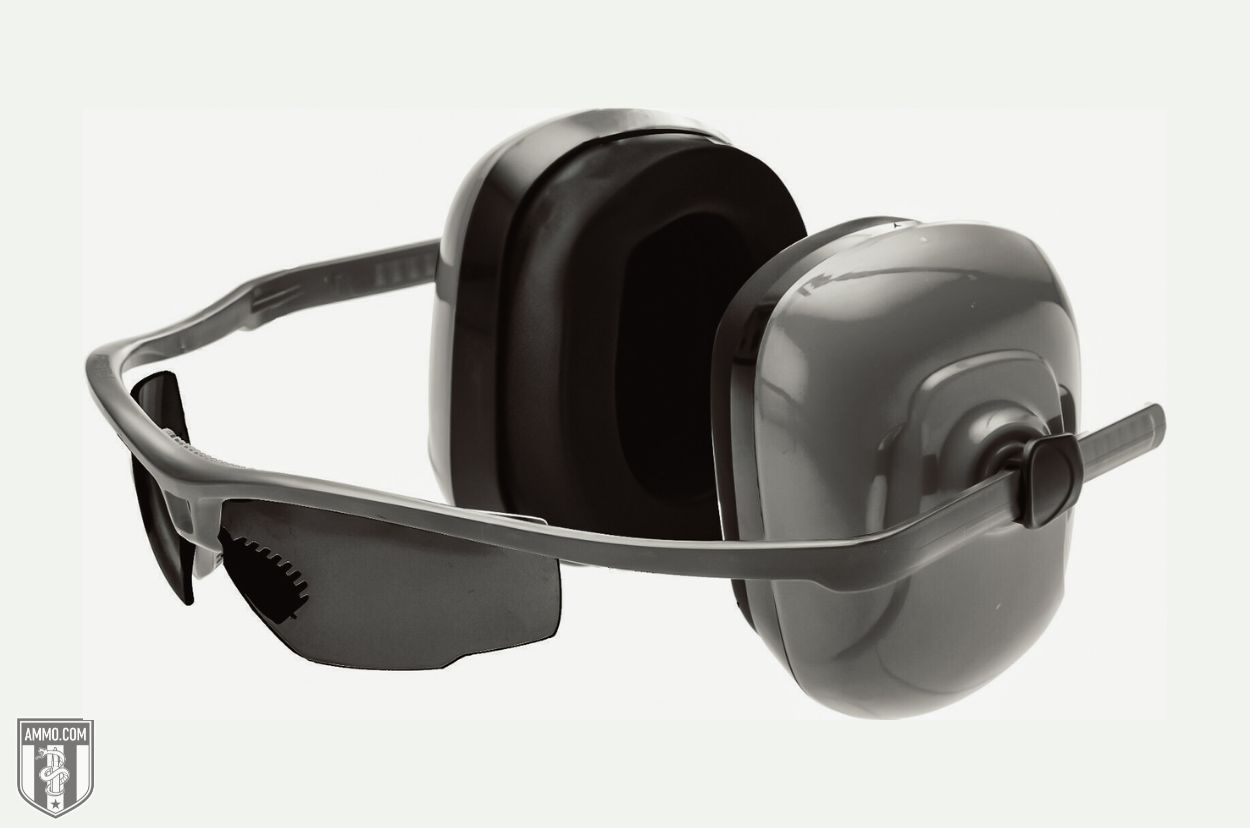
Growing up, my grandpa was around a lot of loud noises, including gunfire, while he was in the military, and now he can’t hear very well. Don’t end up like my grandpa; use ear protection.
Wearing eye protection is also a must; I nearly found out the hard way; thankfully, I typically wear glasses and not contacts.
I was standing behind and off to the left while shooting with a buddy when a piece of the bullet’s jacket ricocheted off of the steel target 50 yards away and embedded itself into my cheek, ¾ of an inch below my eye.
It shows you never know what will happen, so always wear ear and eye protection.
Handle With Care If Your Firearm Fails To Fire
It happens to everyone: we get a bad batch of ammo, or a single round fails to fire. When this happens to you, keep your face away from the breech and gun pointed downrange for at least 10 seconds; after that, safely eject and adequately dispose of the round.
Know When Your Firearm Should Be Unloaded
Most firearms should be unloaded most of the time; ultimately, it’s up to you as a responsible firearms owner to determine when those times are. To help give you a better idea, I wrote an article detailing several instances when a firearm should be unloaded.
Frequently Asked Questions
The team at Ammo.com has gathered and answered many of the commonly asked questions regarding firearm safety rules.
What are the 4 primary rules of firearm safety?
The 4 primary rules of firearm safety are: treat all firearms as if they are loaded, always keep the firearm pointed in a safe direction, keep your finger off the trigger until you’re ready to shoot, and know your target and what’s beyond it.

What is the rule 1 of gun safety?
The rule 1 of gun safety is to treat every gun as if it’s loaded.
How to check if a pistol is loaded with ammo?
To check if a pistol is loaded with ammo, release the magazine and pull the slide back while the gun is pointed in a safe direction and on safety.
How old do you have to be to go to a shooting range?
How old you have to be to go to a shooting range will be determined by the range; typically 21 and older to shoot pistols, 18 and older to shoot rifles and shotguns, and 8-17 when accompanied by a parent or guardian.
What safety precautions should be taken when cleaning a firearm?
When cleaning a firearm, you should take the following safety precautions. First, ensure the firearm is completely unloaded and then double and triple-check. Do not keep the ammo nearby while cleaning the gun. Lastly, many pinch points on guns will injure your fingers, so be sure to keep your fingers out of those areas.
What are the best practices for storing firearms safely in the home?
The best practices for storing firearms safely in a home are unloading them and storing them in a gun safe bolted to the floor. You should also store the ammo in a separate gun safe. You can also use a safety device like trigger locks and/or cable locks to prevent the guns from operating until you’re ready to use them.
Parting Shots: Gun Safety Rules
You now know the primary four firearm safety rules and the eight additional gun safety rules that responsible gun owners should always follow.
These rules have kept my family, friends, and fellow shooters safe for decades, and I know they’ll help you keep those around you safe while participating in this incredibly fun activity.
